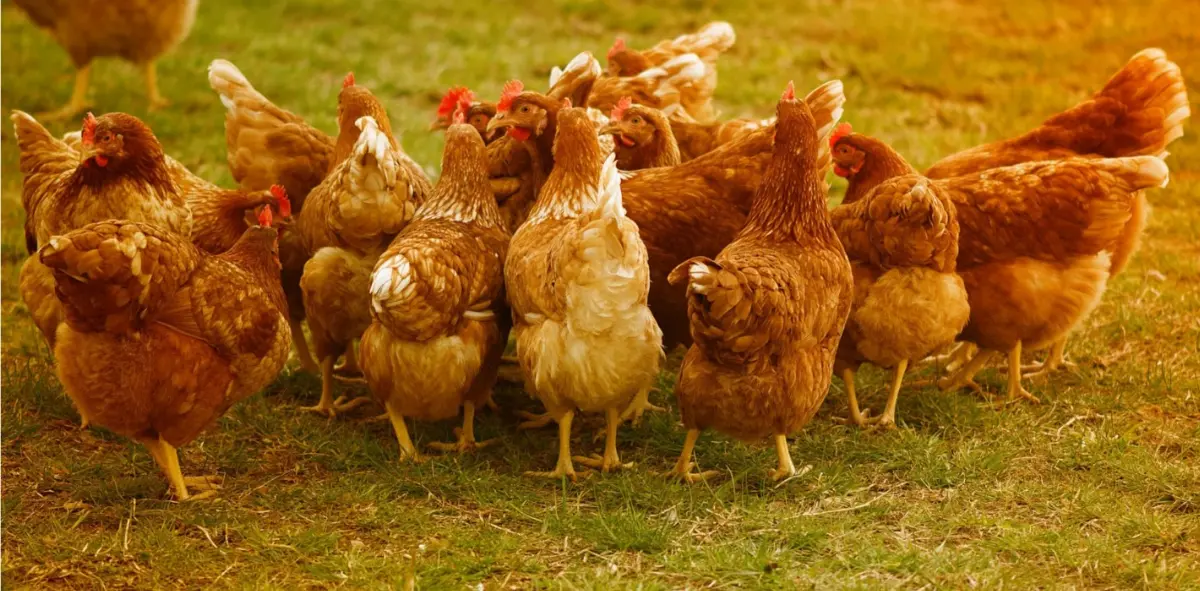
Do you want to access to this and other private contents?
Log in if you are a subscriber or click here to request service
Poultry industry fears amid bird flu and rising costs
Watt Global Media Research: HPAI has reduced feed production for 84% of farmers

Hpai, or in other words the avian flu and the costs of the ingredients. These are the two drivers of the poultry industry in 2023 according to the annual Poultry nutrition & feed survey by Watt Global Media, one of the largest global companies involved in the sector. Russia's invasion of Ukraine, high inflation, fears of recession and animal disease have made producers less optimistic about 2022: 44%...
lml - 29968
EFA News - European Food Agency
◄ Previous page
EFA News - European Food Agency